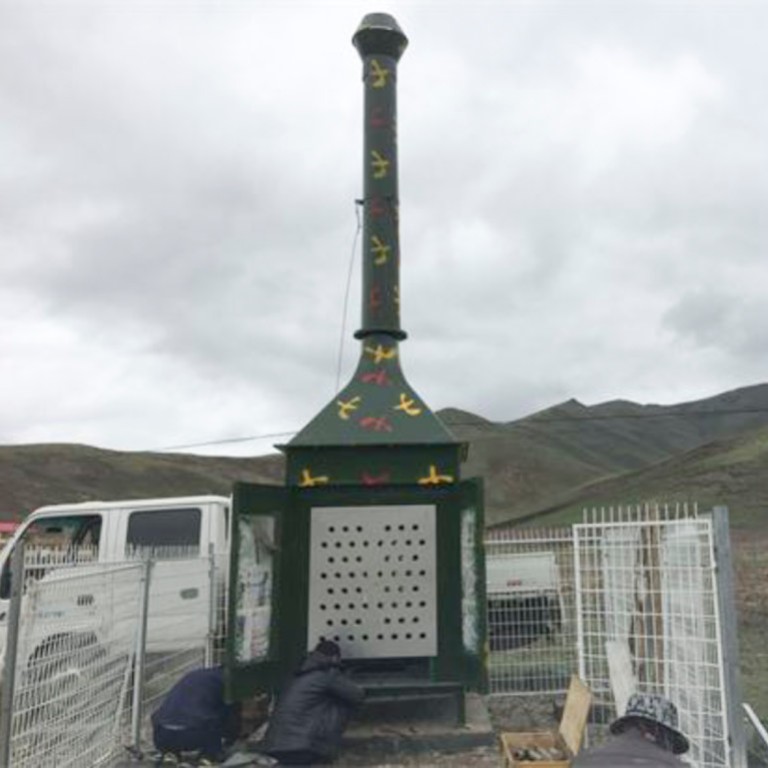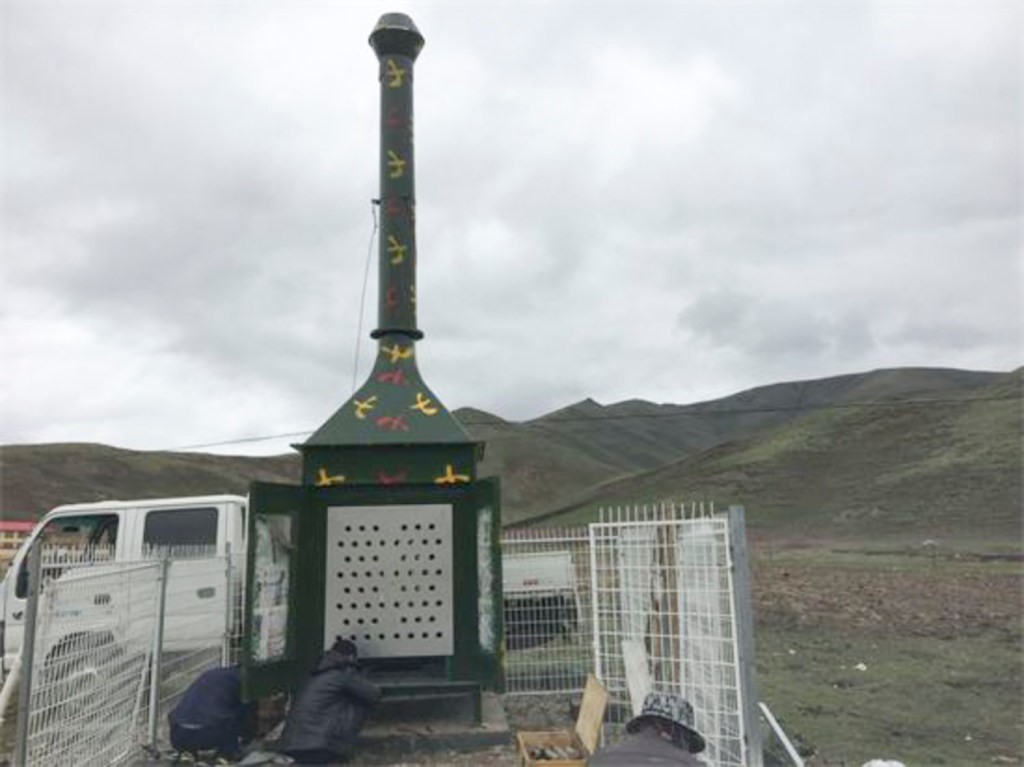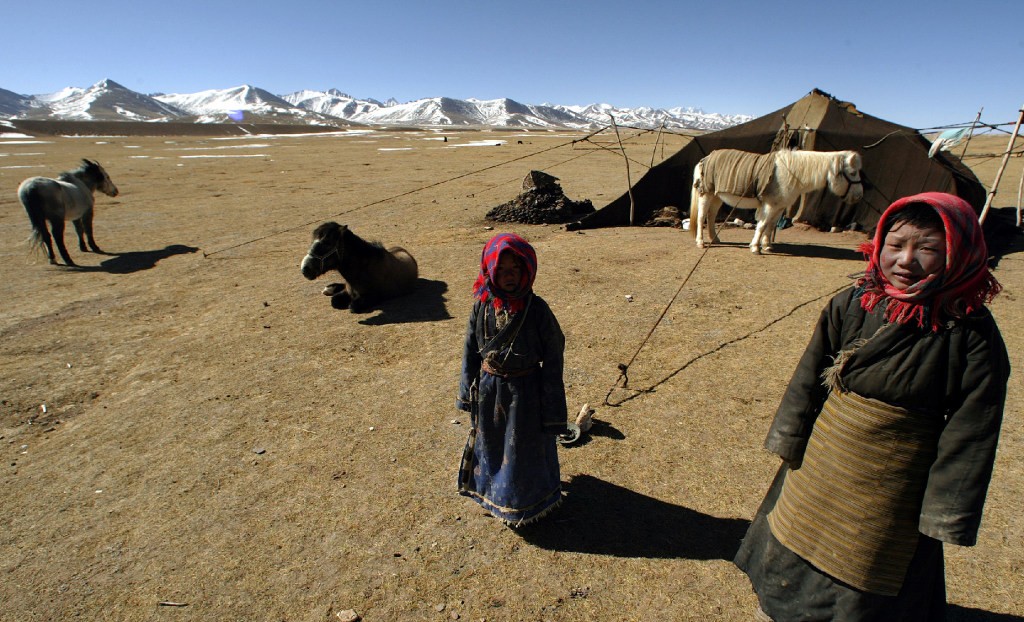
Can China solve its water problem with rain-making furnaces?
Researchers plan ambitious network of chemical rainmakers in Tibet
At 8 p.m. on August 8th, 2008 China’s big moment arrived: The Beijing Olympics began, with a lavish opening ceremony complete with elaborate performances and dazzling fireworks.
Eight is a lucky number in China, and it looked like fortune did favor the country on that day. No rain arrived to spoil the event, even though it was during the wet season.

Tens of thousands of chemical rainmakers -- furnaces that burn solid fuel to produce silver iodide -- will be scattered across the Tibetan plateau. As wet air from the Indian Ocean sweeps in, the chemicals blend in with clouds to accelerate rain and snowfall -- bringing much-needed water to one of the driest places on Earth.
The idea that humans can control the weather is both appealing and unsettling. But when people “create” rain, they aren’t miraculously producing water out of nowhere. Instead, they are diverting moisture from one place to another -- causing rain to fall in places where it wouldn’t naturally.

But will it work? One scientist told the South China Morning Post he’s skeptical about the Tibetan project, saying it could result in less rainfall in other parts of China.
But one example from the United States shows there’s another way to get more rain: Curbing air pollution.
For more insights into China tech, sign up for our tech newsletters, subscribe to our Inside China Tech podcast, and download the comprehensive 2019 China Internet Report. Also roam China Tech City, an award-winning interactive digital map at our sister site Abacus.

